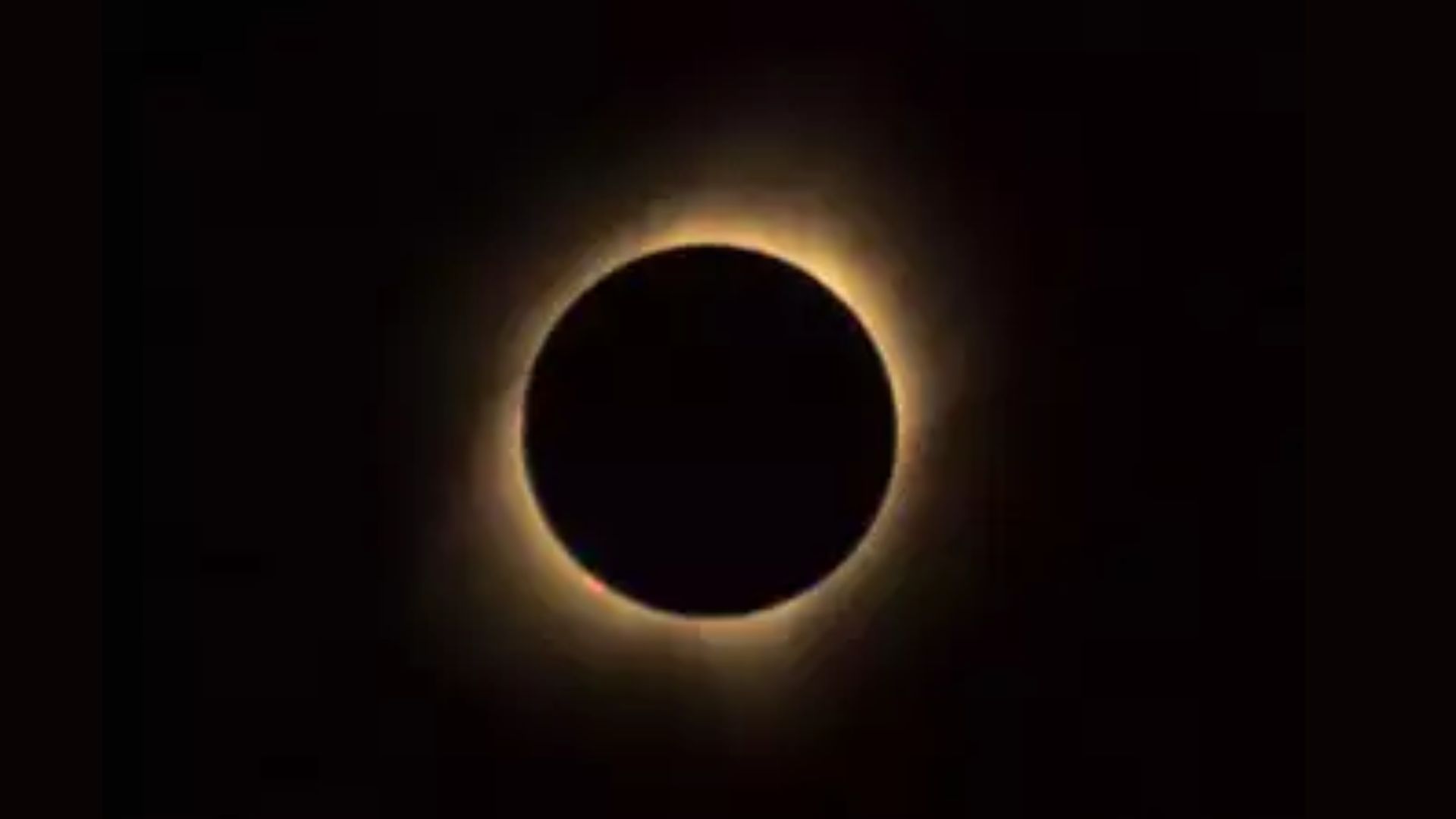
On October 2, parts of South America, including Chile and Argentina, were treated to a stunning “ring of fire” solar eclipse. A solar eclipse happens when the moon casts a shadow on Earth, temporarily blocking out the sun.
In Chile’s Easter Island and Buenos Aires, Argentina, spectators eagerly looked skyward to witness the last solar eclipse of 2024. This “ring of fire” event occurs when the moon covers the center of the sun, leaving a bright, blazing ring around its edges. The mesmerizing phenomenon only lasts a few minutes before the ring transforms into a crescent.
A word of caution: one should never observe a solar eclipse with the naked eye, as it can cause severe retinal damage.
The “ring of fire” eclipse differs from a total solar eclipse, where the moon completely obscures the sun. While solar eclipses are not uncommon, with NASA reporting two to four occurring annually, the “ring of fire” is visible only in specific regions.
This year, only those within the “path of totality,” which spanned a narrow 265 to 331 kilometers, could view the full “ring of fire.” For those outside this zone, a partial eclipse was visible, appearing as a bright yellow crescent. Regions like Antarctica, Hawaii, Mexico, New Zealand, Brazil, and Uruguay also experienced this partial eclipse.
Missed this spectacular event? Don’t worry—next year offers two more opportunities to catch solar eclipses. The first, on March 29, will be visible across Europe, Asia, Africa, and North and South America. The second eclipse will occur on September 21 and will be visible in Australia and Antarctica.
Looking ahead, a total solar eclipse is set to grace the sky on February 17, 2026, for stargazers to enjoy.















